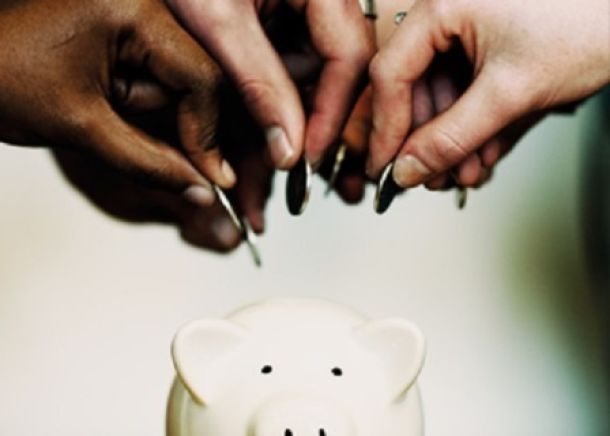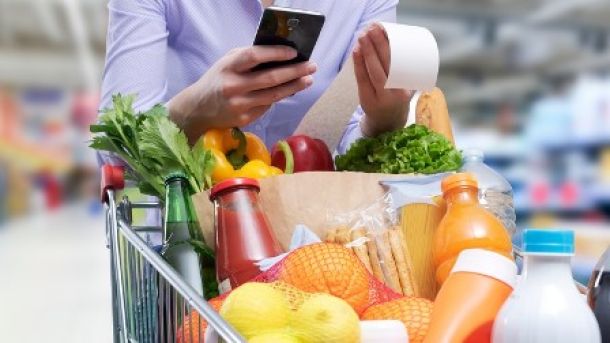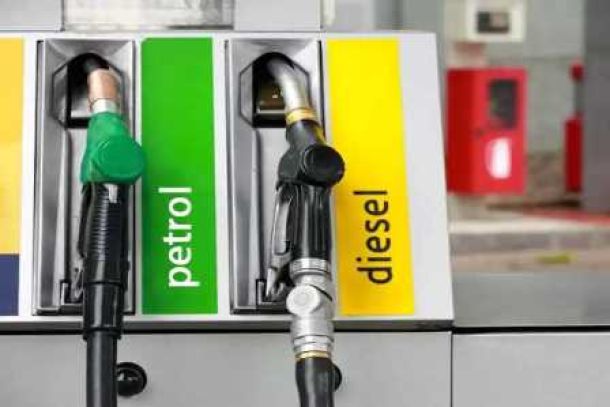Food inflation to simmer down to single digits
SA’s unusually high food price inflation was expected to drop to single digits for the first time in a year, economists predicted. The downward trend is expected to continue despite another drought being forecast for later in 2017.
The food inflation weighting, at 19%, is the largest contributor to the consumer price inflation (CPI) basket.
The agricultural sector has endured a debilitating drought over the past two years, with a weak rand and rising input costs adding to the pressure in 2016.
Within the food category, bread, cereals and meat have the highest weightings.
Inflation data, which is compiled by Statistics SA, will be published on Wednesday. Economists’ forecasts vary from 6.3% to 6.4%. They expect food inflation to slide below January’s 11.4% in February.
NKC Economics senior economist Elize Kruger forecast 9.3% for February.
Agbiz economist Wandile Sihlobo said conditions influencing prices had improved. Maize output, a major influence on food inflation, is expected to double to 13.9-million tonnes in 2017. Maize prices dropped from R5,000 per tonne to R2,000 per tonne due to a strong rand and the expectation of a higher yield.
Higher-than-average rainfall this season had helped boost expectations in the fields.
"Overall, over the year, food inflation will come down to levels of 6% to 9%," Sihlobo said. Consumers may only benefit from lower prices from the third quarter of 2017 due to the lag in price pass-over.
Meat and grain prices may remain under pressure due to less slaughtering as farmers try to rebuild herds and prevailing drought conditions in the Western Cape, a major wheat-growing area.
Red meat prices are nearly 14% higher than two years ago.
Macquarie economist Elna Moolman said that over the past three months, chicken prices had been lifted by restrictions on imported chicken. "We expect the impact of these factors are now in the price and thus expect more muted prices from February onwards."
Meanwhile, the South African Weather Service and two other global forecasters have warned that another drought may hit the country in the third quarter of 2017.
Sihlobo said if this came to fruition, the effect on food inflation would be felt between May 2018 until April 2019.
Agri SA executive director Omri van Zyl said the potential effect on the planting season, which runs from October to December, was unclear. "We haven’t confirmed it so we’ve not yet put contingency measures in place."
Van Zyl said: "If we have a 10% to 15% impact on production, it’s not going to throw the apple cart over. But I don’t think it’s going to be a full-on El Niño like we saw last year."
News Category
- International retailers
- On the move
- Awards and achievements
- Legislation
- Wine and liquor
- Africa
- Going green
- Supplier news
- Research tools
- Retailer trading results
- Supply chain
- Innovation and technology
- Economic factors
- Crime and security
- Store Openings
- Marketing and Promotions
- Social Responsibility
- Brand Press Office
Related Articles

Empowering South African households through gro...

SPAR shares practical tips to beat food inflation

South African motorists could be paying up to R...

Big VAT changes on the cards


